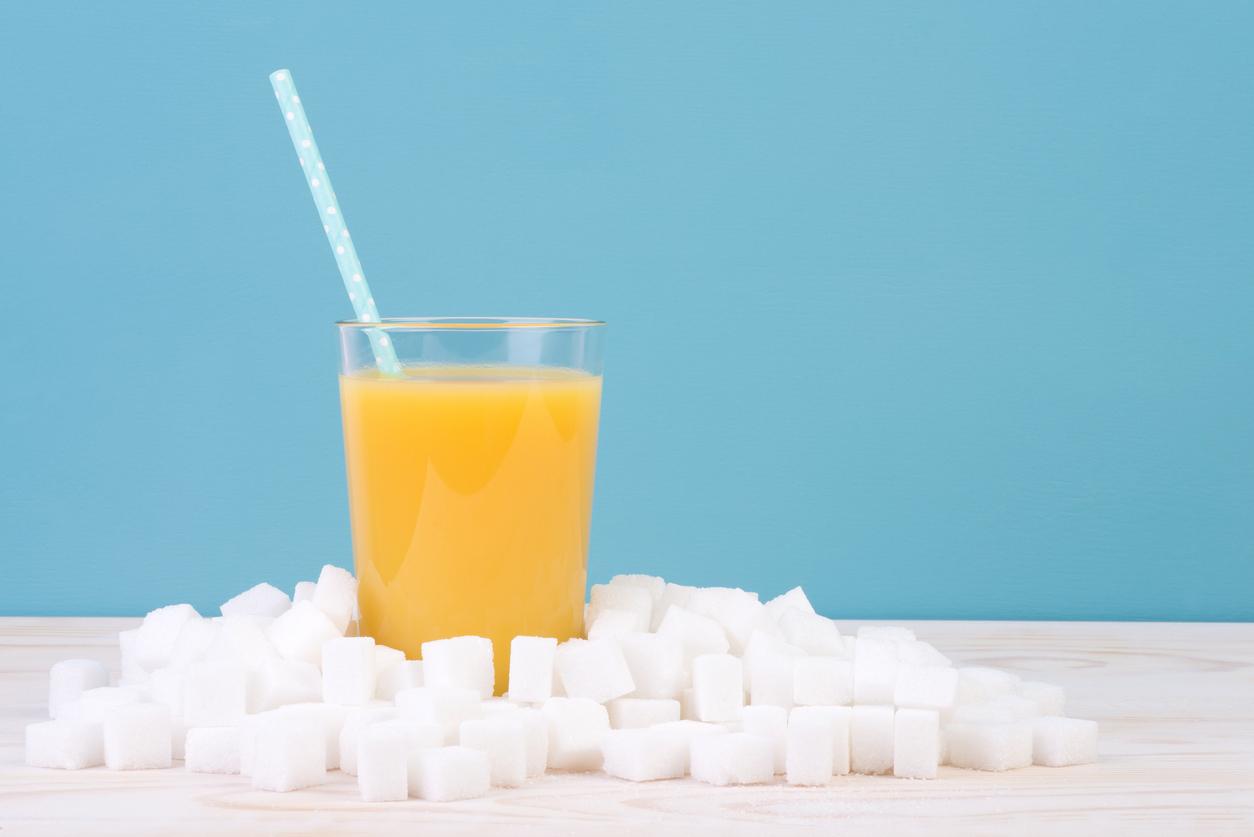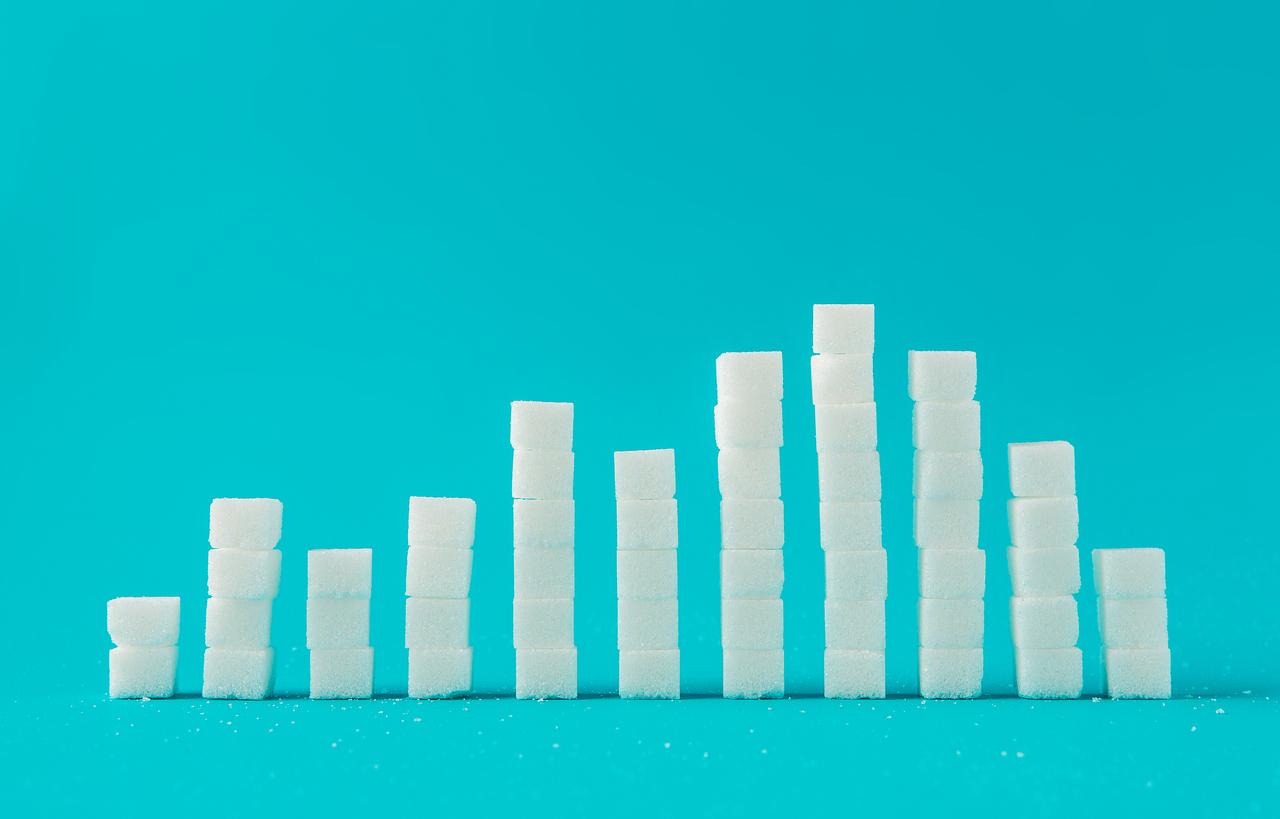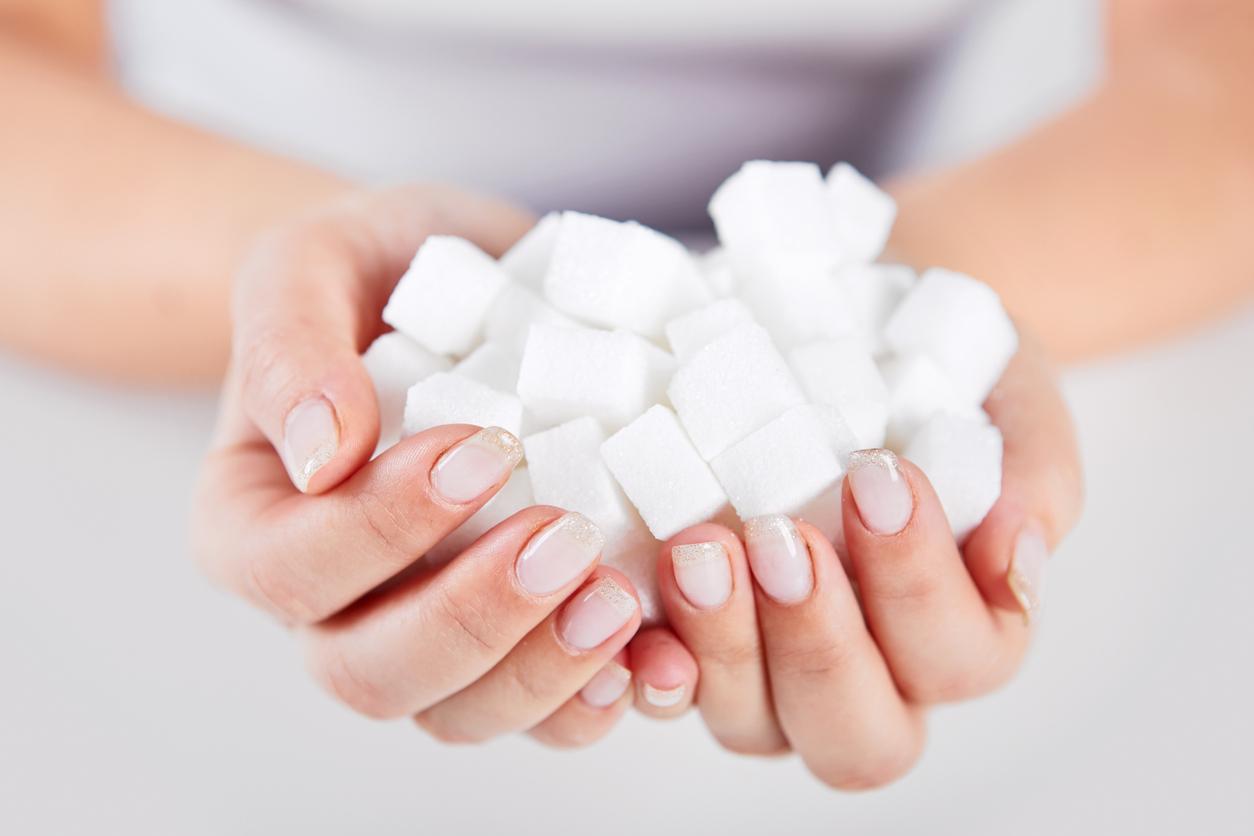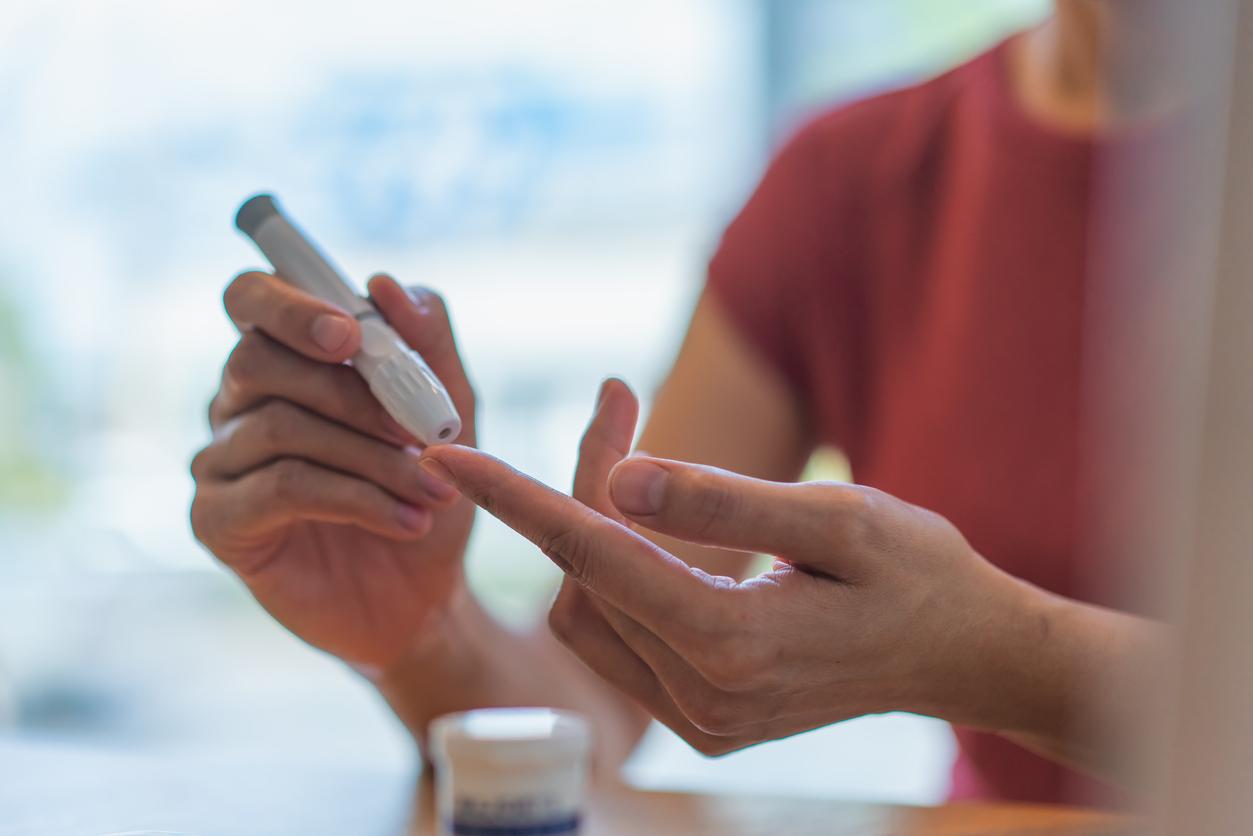We have all suffered or will suffer from hypoglycemia in our lives, a condition linked to a lack of sugar in the blood.
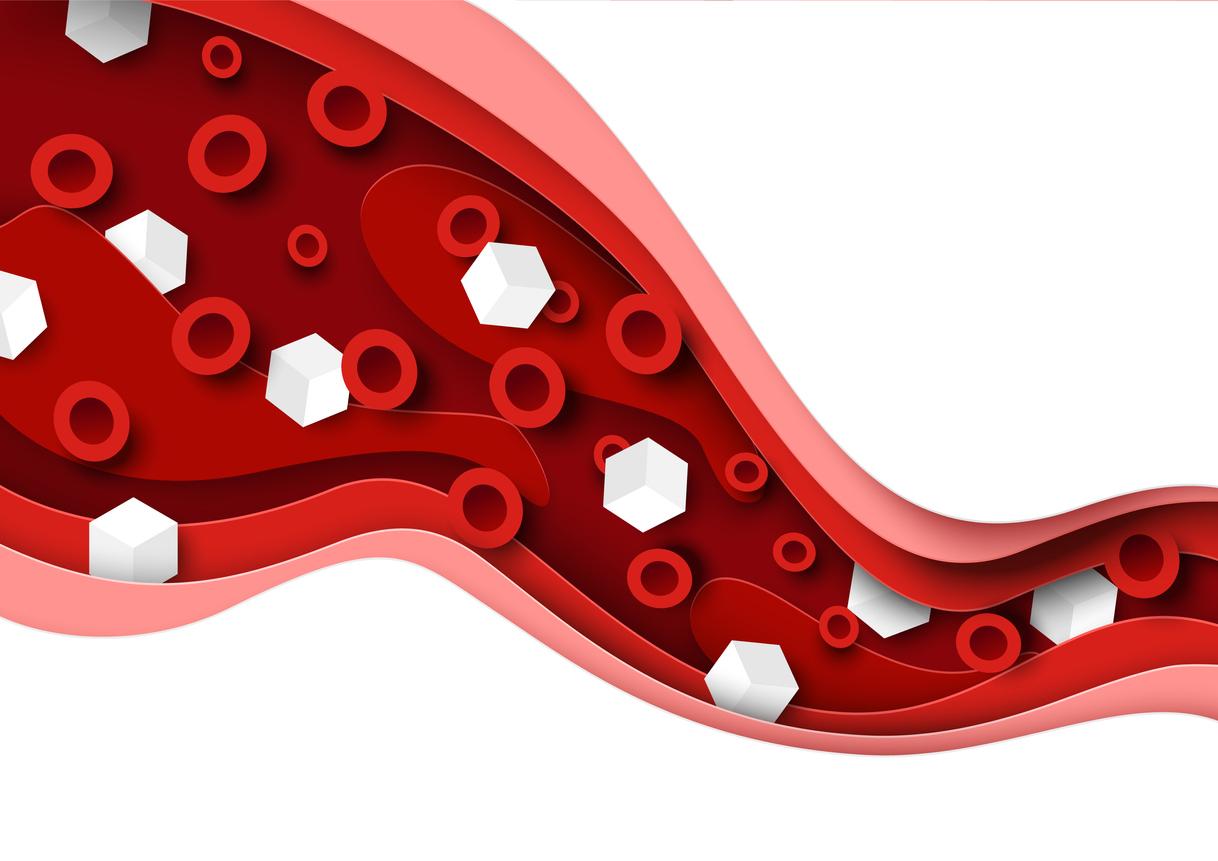
- Hypoglycemia is linked to a blood sugar level that is too low, below 0.6 or even 0.8 g per liter.
- Various symptoms appear, including coma.
- In case of hypoglycemia, you should eat a piece of sugar or bread.
Our brain is a big consumer of energy and therefore of sugar. This makes sense when you think about all the tasks it must perform for our body to function properly. And the body rightly thinks it’s a priority. So, as soon as the brain feels that it is lacking fuel, it is the first to let it know, and quite violently, by releasing hormones, adrenaline and norepinephrine, the stress hormones. They are responsible for preparing the body for danger.
If nothing is done to counter hypoglycemia, the sequence of reactions is impressive:
- The first is mood: an unexplained feeling of anger and grossly inappropriate behavior.
- Then, a “fog” gradually invades the brain: we are unable to think, reason or concentrate on simple things.
- Reactive functions deteriorate: speaking becomes difficult, walking is impossible.
At this point it is necessary to sit down and eat sugar.
The hypoglycemic person sweats, shakes, is pale and dizzy. If nothing is done (fortunately, the feeling of hunger can guide the diagnosis), the situation is likely to quickly degenerate. Profound hypoglycemia can cause fainting, seizures or even coma.
Hypoglycemia: how to deal with it?
Diabetics, who easily face this situation, always carry a piece of sugar with them. If you want to do physical activity while eating a little less, this is a good solution. If the session lasts more than an hour, it is advisable to add a piece of bread.
If hypoglycemia occurs at home, you can choose protein sources.
Start with a piece of bread then turn to dried fruit or nuts, biscuits or anti-pump pasta.

Blood sugar: how to know if it is correct
The sugar level in the blood is measured using a test, a simple blood test, called blood sugar:
- Less than 1.10 grams per liter is perfect.
- Between 1.10 and 1.25 grams it is a pre-diabetic state which must be checked carefully.
- Above 1.25 grams is diabetes.
Symptoms of hypoglycemia appear when the blood level is below 0.6 or even 0.8 grams per liter of blood.
This blood test should be done on an empty stomach, as the sugar you consume affects the results, just as exercise will have the opposite effect. Another indicator in our blood, HB1C, sometimes called glycated hemoglobin, tells us about the average sugar level in the blood over a period of 3 months, while blood sugar is only a one-off measurement, once at a given moment. The normal value of HB1C should be between 4 and 6, if it exceeds 7, you are diabetic.









